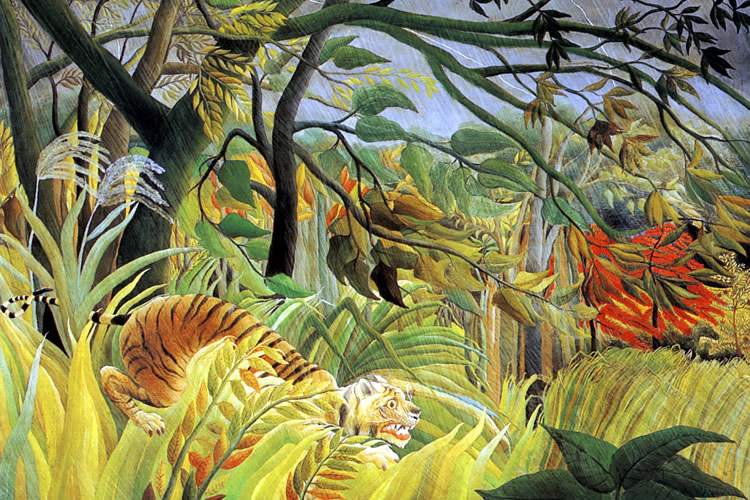Why Do We Appreciate Art?
One thing that is common to all societies of people is an appreciation of visual art. From decoration of our clothes, and even bodies, to colourfully designed eating utensils and wall paintings; archaeological evidence suggests that since humans have been around, they’ve been driven by a desire not just to make useful objects, but also beautiful ones.
But why do we spend so much time making, viewing or commenting on something which is, from an evolutionary perspective, pointless? The answer to that question has a lot to do with how humans have evolved to live in social groups, and to feel empathy for one another.
Some scientists have suggested that art helps us to bond as groups; and that the brain is programmed to notice and enjoy simple patterns.
Pattern recognition is a big part of why we play video games, or gamble online. The human brain is constantly looking for familiar patterns, to impose meaning on a complex world. When you mash buttons in FIFA, or boot up a game of Blackjack at GamingClub you satisfy the same need; trying to boil down complex game situations into simple decisions.

Tiger in a Tropical Storm, by Henri Rousseau
Art can take us to places that we, and maybe even the artist, has never seen before. Henri Rousseau’s “Tiger in a Tropical Storm” is hardly an exact match for a big cat; but his audience would likely have never seen a tiger before, and Rousseau himself would have been working from limited photos and illustrations. In times when few would ever leave their own country foreign art, or the work of artists who had travelled abroad, was one of the only ways to experience another culture.
Art can also serve as a permanent record of historical events, becoming a symbol of important moments that endure long after the fact. Picasso’s “Guernica” is a powerful protest against what was then a new horror; the bombing of civilians by warplanes in the Spanish Civil War and Goya’s “The Disasters of War” has been described as a visual protest against the violence of the Peninsula War. Since the invention of photography the camera has also been used to lay bare the horrors of war in a way that words can’t, Eddie Adams’ iconic photo of an unarmed Vietnamese prisoner being executed says more about brutality than 1,000 op-eds.
But what about when art invites us to contemplate outside the box, and explore ideas we weren’t conscious of before? Salvador Dali, the Spanish surrealist, is most famous for The Persistence of Memory, most notable for being utterly unworldly. Most of Dali’s work is in this vein – not just fantastical but in a sense unreal and illusory. Dali was interested in our subconscious, explored through dream states, and thus invites us to consider not only the bizarre world of dreams; but also what makes us human.
So why do we appreciate art? Because it informs, entertains and betters us, bringing us closer together as a society in the process. Of course, its not all that simple; it can also be controversial, derogatory, divisive or, just as badly, go unappreciated or unnoticed. But at its best art is a true celebration of humanity – and we can know for a fact our descendants will care about it as much as we do!
